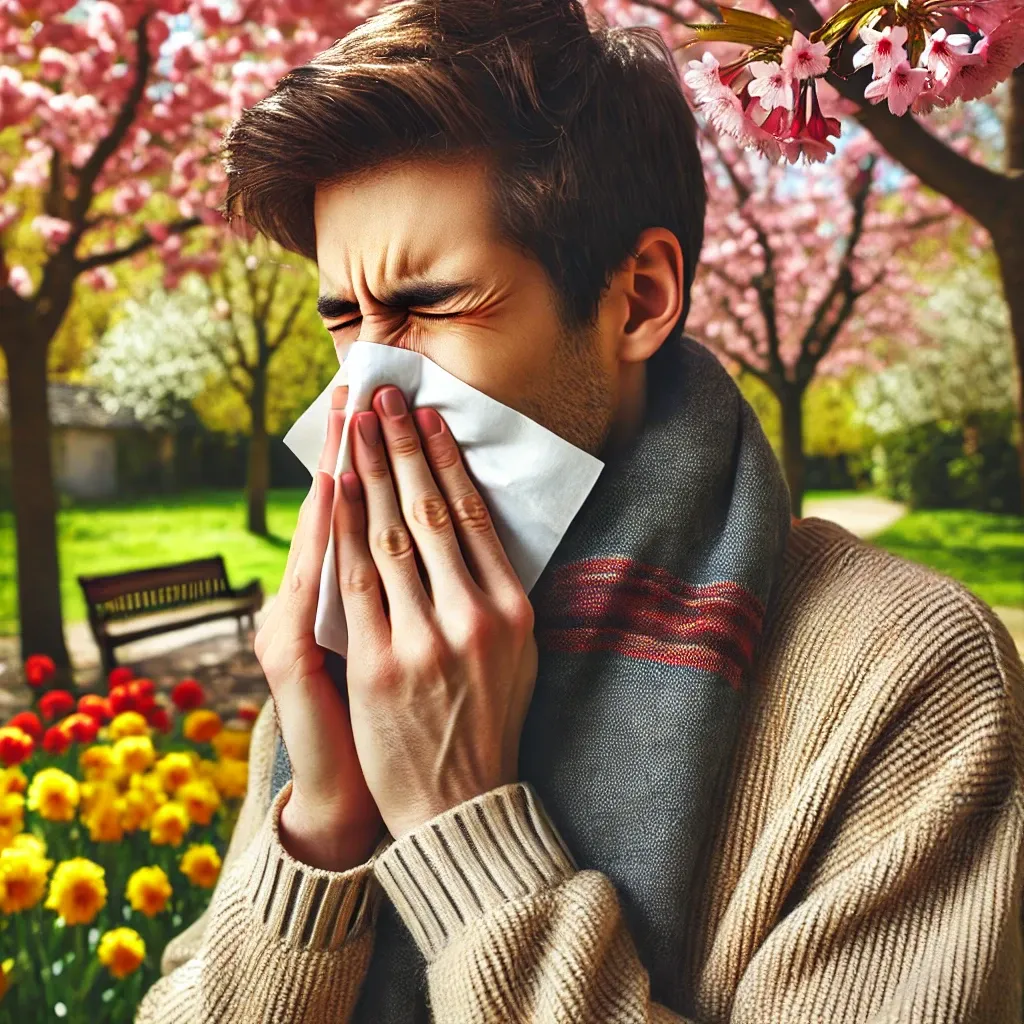Do you suffer from seasonal rhinitis? Are you curious about what causes it and how you can treat it? Discover effective treatments, symptoms, and the reasons behind this common condition to find relief this allergy season!
Seasonal rhinitis, commonly known as hay fever, is an allergic condition that affects many people, especially during certain seasons. Whether it’s the spring blooms or the fall foliage, this condition can cause discomfort and disruption. In this article, we’ll dive into the causes, symptoms, and treatment options for seasonal rhinitis to help you breathe easier during allergy season.
Seasonal Rhinitis Cause: Understanding the Triggers
Seasonal rhinitis is an allergic reaction that occurs when the body’s immune system overreacts to airborne allergens, such as pollen. These allergens are often seasonal, which is why many people experience flare-ups during specific times of the year. While pollen from trees, grasses, and weeds are the main culprits, other irritants like mold and dust mites can also contribute to rhinitis symptoms.
Common Causes of Seasonal Rhinitis:
-
Pollen This is the most common trigger for seasonal rhinitis. Pollen is released by trees, grasses, and weeds during different seasons.
-
Mold Mold spores can increase during the fall and spring, triggering allergic reactions in sensitive individuals.
-
Air Pollution Pollution levels can rise during certain times of the year, worsening allergy symptoms.
-
Weather Changes Sudden shifts in weather, particularly in spring and fall, can increase the presence of allergens in the air.
-
Pet Dander Though more of a year-round trigger, seasonal changes in indoor and outdoor pet exposure can contribute.
Why Does It Happen?
Seasonal rhinitis occurs when your immune system mistakenly identifies harmless particles, like pollen, as harmful invaders. Your body releases histamines and other chemicals in response, which leads to the typical symptoms such as sneezing, itchy eyes, and a runny nose.
To learn more about how pollen can affect your allergies, click the link below.
Find more about pollen and allergies
Seasonal Rhinitis Treatment: Finding Relief
Managing seasonal rhinitis requires a combination of strategies, including avoiding allergens and using medications to alleviate symptoms. Treatment plans vary depending on the severity of the condition, but several effective options can help you control your symptoms.
Common Treatments for Seasonal Rhinitis:
-
Antihistamines These medications block the histamines your body produces, reducing sneezing and itching.
-
Nasal Sprays Steroid nasal sprays reduce inflammation in the nasal passages, offering relief from congestion.
-
Decongestants These can help reduce nasal congestion by narrowing the blood vessels in the nose.
-
Eye Drops Special eye drops can soothe itchy, watery eyes.
-
Immunotherapy Allergy shots or oral tablets can gradually desensitize your body to allergens over time.
-
Saline Irrigation Rinsing your nasal passages with saline solution can clear out allergens and reduce inflammation.
Lifestyle Changes and Preventative Measures:
-
Avoid outdoor exposure Try to stay indoors on days with high pollen counts.
-
Keep windows closed Keep your home and car windows shut to prevent pollen from entering.
-
Shower after being outside This helps remove pollen from your hair and skin.
-
Use air purifiers HEPA filters can reduce airborne allergens inside your home.
To explore the best medications for treating rhinitis, click below.
Explore treatments for rhinitis
Reasons for Seasonal Rhinitis: The Seasonal Impact
Understanding why seasonal rhinitis affects certain people more during particular seasons is essential for better managing the condition. During spring, trees release pollen, and in the fall, ragweed pollen can trigger symptoms. The weather also plays a significant role in worsening symptoms. Dry and windy days increase the dispersion of pollen and mold spores, while humid days foster mold growth.
Key Reasons Behind the Timing:
-
Pollen Seasons Different plants release pollen at various times of the year. For example, tree pollen is most prevalent in spring, while grass and weed pollen peak in summer and fall.
-
Climate Factors Warm and dry conditions favor the dispersal of pollen, leading to more exposure for allergy sufferers.
-
Changing Allergen Levels The concentration of allergens fluctuates throughout the year, with certain months showing more extreme pollen counts.
The Role of Indoor Allergens
Even though seasonal rhinitis is triggered by outdoor allergens, indoor allergens such as dust mites, pet dander, and mold can exacerbate symptoms, making it a year-round issue for some individuals. Knowing the triggers and adjusting your living environment can offer significant relief.
To learn how weather affects your allergies, click here.
Conclusion
Seasonal rhinitis can be a challenging condition to manage, but with the right knowledge and treatment, you can minimize its impact on your daily life. By understanding the causes of rhinitis, utilizing effective treatments, and taking preventive measures, you can breathe easier this allergy season. Remember, it’s crucial to consult with a healthcare provider to determine the best course of action for your specific needs. If you’re struggling with seasonal allergies, you’re not alone—take the first step towards relief today.






